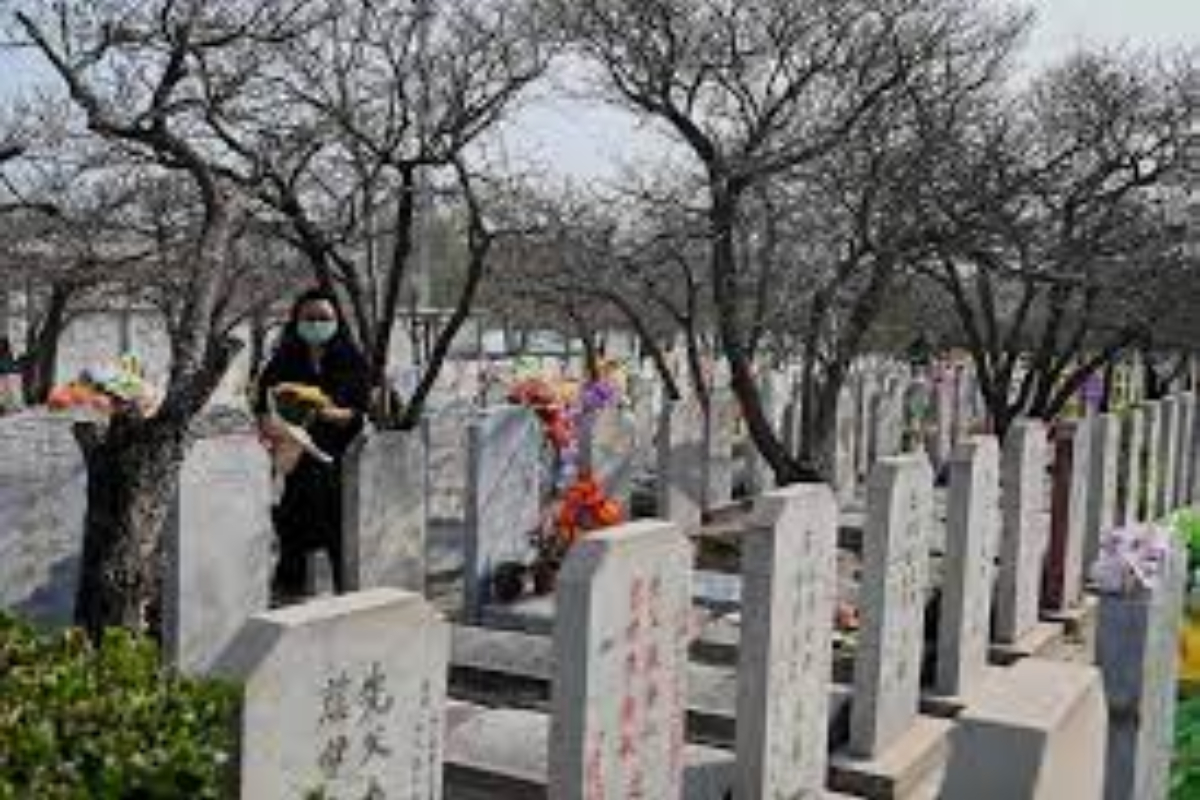- Beijing experienced a population decline in 2017.
- Due to entrenched gender inequality.
- And in the difficulties of raising children in China’s expensive cities.
Beijing, one of the world’s largest cities and the vast capital of China, experienced a population decline in 2017 for the first time in 19 years.
As the nation struggles with a demographic catastrophe that has been building for decades.
There were 84,000 fewer people living in the city permanently in 2022 compared to 2021, when there were 21.88 million people.
Additionally, between 2021 and 2022, there was a decrease in the number of migrants in Beijing, many of whom left their rural areas in search of employment.
The last time there were more births than deaths in Beijing was in 2003, when the deadly severe respiratory syndrome (SARS) outbreak first appeared in southern China and ultimately afflicted more than 8,000 people worldwide.
According to official figures, the decline from the previous year was quite minor, with the population’s natural growth rate falling to -0.05 per thousand inhabitants.
But it also reflects a more widespread issue, since China’s population decreased last year for the first time since the devastating famine of 1961.
Combinations of factors, including entrenched gender inequality, the difficulties of raising children in China’s expensive cities, the long-term effects of China’s one-child policy, which was instituted in the 1980s but has since been abandoned, and changing attitudes toward marriage and family among Chinese youth, are to blame for the decline.
These problems are made worse by persistent gender roles that frequently assign women the bulk of household duties and child care.
Because women are now more educated and financially independent than ever before, they are becoming increasingly unwilling to shoulder this unfair burden.
Years of persistently declining birth rates and growing mortality rates as the nation’s old population grows have been the effect.
Due to China’s significant role as the second-largest global economy, the falling workforce has also raised worries about economic collapse, which could cause issues for the rest of the globe.
Far from being the only Chinese metropolis suffering this collapse is Beijing.
According to provincial statistics, the rust belt province of Liaoning in northeastern China experienced a population decline of 324,000 last year due to more than twice as many deaths as births.
Several attempts by officials to buck the trend have so far been short.
Authorities announced a multi-agency initiative last year to expand maternity leave and give families tax discounts and other benefits.
Some towns have also extended paternity leave, increased childcare services, and even given cash handouts to families with third children.
Weifang, a city in the central Shandong province, announced a new initiative earlier this week offering free public high school education for families’ third child, according to state media.
And in January, the southwestern province of Sichuan announced it would drop restrictions on unmarried people having children, granting single parents access to benefits previously reserved for married couples.
But many activists, women and other critics have said it’s not enough to solve deep-rooted structural problems.
Frustrations rose during the pandemic, with many young Chinese fed up with the increasing pressure to have children – from a society and government that many say has provided them with little of the material and emotional security they need to raise a child.
[embedpost slug=”chinas-population-has-declined-for-the-first-time-in-60-years/”]

















